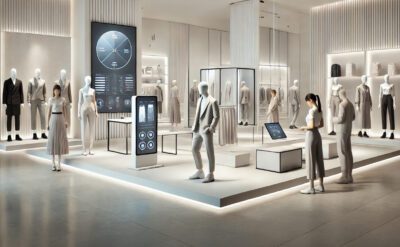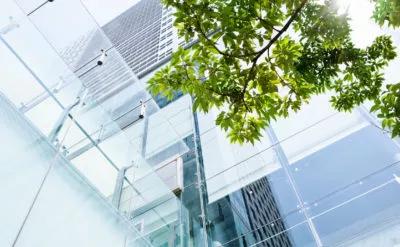Sustainable design is holistic. It considers the optimization of every aspect of a project to forecast its carbon footprint and incorporates the objectives of the owner and the function of the user within its framework. It employs both an integrated multi-disciplinary team and an integrative process where team members bring synergies to building systems and components to help achieve target levels of building performance, human comfort and environmental benefits.
Elements of a Holistic Approach to Design
Designing a low carbon high-performance building requires identification of all the contributing elements at the outset of the project whether it be a ground up build, a retrofit or an adaptive reuse. An integrated team and integrative process guides possibilities and solutions and identifies constraints that may impact objectives. Considering every opportunity enables access to purpose and helps develop creative solutions to elevate a sustainable design including:
- Universal accessibility
- Operational and functional
- Sustainable and adaptive
- Healthy for users and the environment (Wellness)
- Respectful of heritage and culture
- Financially viable
- Aesthetically pleasing
- Community enhancing
How Rating Systems Help to Evaluate Design
A holistic approach still has a framework to fit in. Leading candid conversations with owners, users and investors about the vision and requirements of the project at the start allows designers to discover solutions to constraints sooner and decide on best practices to deliver the project. Understanding and educating owners and investors on the true cost of each rating system and how compliance with them aligns with their vision and requirements is vital to a healthy project and financial incentives. Rating systems can focus on energy, wellness, or an overall focus that can encompass an entire project and its site. Below are some of the core rating systems:
Energy Focused
Passive House – Performance-based energy standard
Broad Sustainability Focused
BREEAM – Sustainability assessment method across the building’s lifecycle
LEED®– The most widely used design framework for sustainable buildings
Wellness Focused
Well – Framework for improving the health and human experience of building users
Fitwel – Verified criteria approach to seven health-impact categories to improve user health and comfort
Knowledge of required standards and targets for any project is crucial to discovering the best way forward for owners and the community their building serves, as well as providing feedback throughout the lifecycle of the building. Rating systems can be important tools since they can bring rigor of evaluation to a project while providing compliance with clear metrics and requirements. It is one more part of the framework that can contribute to sustainable design.
Project Delivery
A holistic approach does not stop at design. Construction methods play a large part in delivering a building that considers all the elements of a low carbon project. Early collaboration with contractors and subcontractors will help in the research of finding new ways to deliver quality materials and erect buildings in the most sustainable way possible.
Weighing the benefits of MMC (Modern Methods of Construction), DfMA (Design for Manufacturing Assembly, CM (Construction Management Contracts) and IPD (Integrated Project Delivery) can have a direct impact on owners, investors and managers meeting the requirements of their low carbon builds. By understanding the benefits of each approach, tangible data becomes available early. Air tightness, thermal performance, running cost and health and safety, can all be considered at the very start of the project.
Post Evaluation Feedback
Considering the operational performance and eventual deconstruction of a project is often overlooked. In a holistic design approach, these considerations are critical to providing timely feedback on investments into cost-saving sustainable practices. Using software like the Energy Star Portfolio Manager, can help measure a building’s energy usage and compare it to past consumption and that of similar buildings.
Understanding the way people use a building helps capture the actual operational energy and helps to forecast future usage. This understanding, and a strong relationship amongst owners, investors and managers can help reduce operational carbon while promoting human health and well-being in the built environment. By maintaining an open line of communication and sharing feedback and data, better-informed decisions can be made to help promote a healthy future for us all.
Download E-Book



